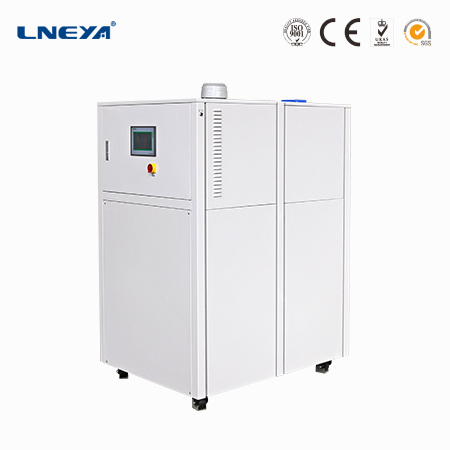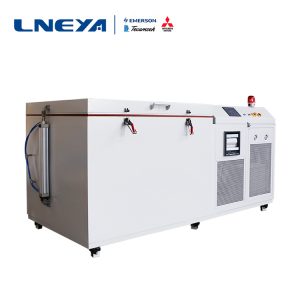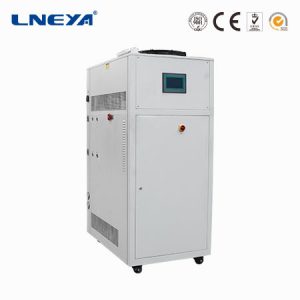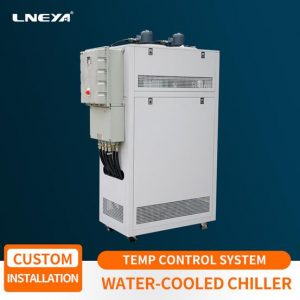Semiconductor refrigeration heating cycle air system test description
There are many test items in the refrigeration and heating circulating air system for semiconductors. So, how much do users know about out-of-channel testing?
The out-of-channel test of the cooling and heating circulating air system for semiconductors refers to the measurement of the frequency bands outside the system frequency. The out-of-channel test is to sample the distortion or interference in the system frequency band, instead of testing the transmission frequency itself. The adjacent channel power ratio (ACPR) test ensures that the transmitter is not interfered by adjacent or spaced channels. ACPR is the ratio of the average power of adjacent channels to the average power of the transmitted channel. Measurements are typically made between channels that are separated by multiple channels (between adjacent channels or spaced channels). When performing ACPR testing, it is important to consider the statistical nature of the transmitted signal, because even for the same transmitter, different signal statistics can result in different ACPR test results. For different standards, the test will usually have different names and definitions.
The cooling signal of the cooling and circulating air system for semiconductors is caused by a combination of different signals in the transmitter. The amplitude of such a signal in the system band must be less than the level specified by the standard to ensure that it has less interference to other communication systems. Harmonics are signal distortions caused by the nonlinearity of the transmitter, and the frequencies of these signals are all integer multiples of the carrier frequency. The test of out-of-channel clutter and harmonics is used to ensure that the interference of this channel to other communication systems is small.
The function of the receiver is basically the reverse process of the transmitter, so the test challenges they bring are also very similar. The receiver must successfully capture the RF signal under potentially interfering conditions, so a front-end selection filter must be used to filter out or attenuate signals outside the system band received by the antenna. The low noise amplifier (LNA) amplifies the amplitude of the target signal, but at the same time ensures that the noise amplitude is increased as little as possible. The downconverter converts the RF signal to a lower frequency intermediate frequency signal by mixing with the local oscillator signal. The mixer’s output signal then attenuates the unwanted frequency components produced by the mixer or adjacent channels through the IF filter.
After the relevant test users understand, they can run the test. If there are some use problems in the operation, it is recommended to contact the manufacturer for solution.

(This article source network, if there is infringement, please contact delete, thank you.)
関連推奨品
-
What are the effects of power failure on liquid nitrogen cryogenic cold box?
917Different industries have different temperature requirements for cryogenic cryostats. Of course, there are many types of cryogenic cryostats. The refrigeration methods used in different industries are different. LNEYA uses compressor refrigeration...
詳細を見る -
Close contact between new energy vehicles and LNEYA battery test temperature control units
1477Based on the current situation of energy issues and the booming development of the automotive industry, new energy vehicles are as timely as the modern automotive industry. The battery part of the new energy vehicle plays a decisive role in the pe...
詳細を見る -
-
For emergencies of the water-cooled chiller of the automatic temperature control system of the react
847In the pharmaceutical and chemicalproduction, the automatic temperature control system of the reactor is widelyvisible. In order to ensure the safe production of the enterprise, what shouldusers pay attention to when facing unexpected situation...
詳細を見る
 LNEYA工業用冷凍機 メーカー サプライヤー
LNEYA工業用冷凍機 メーカー サプライヤー













